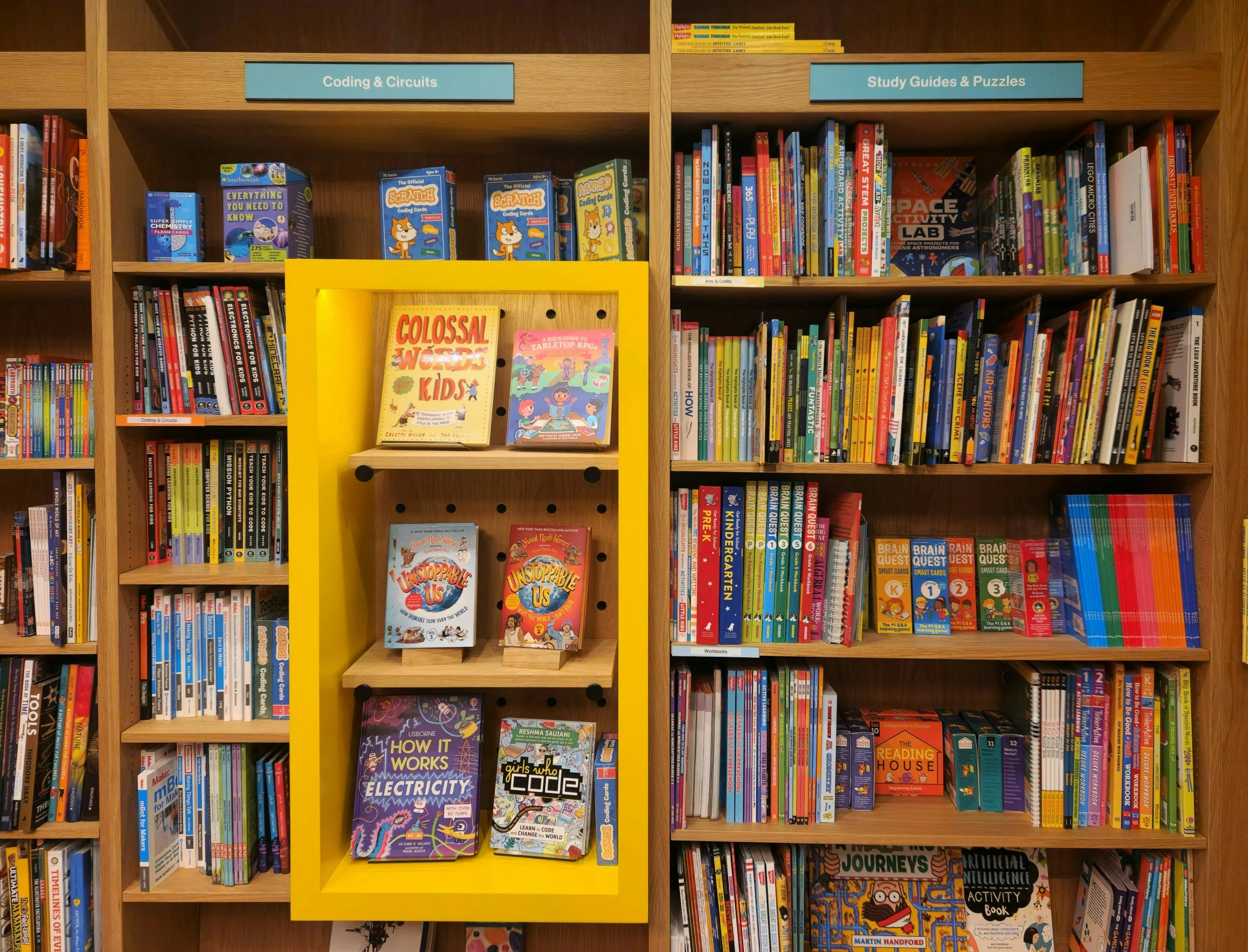7 Practical Ways to Help Reluctant Readers Discover Stories
“I don’t want to read” can become “Just one more chapter” with these helpful tips.
18 July, 2025 ● Written by STORYVOR
Let’s be honest: some children would rather be doing anything else but read. The joy, fun, and imagination of stories just hasn’t clicked for them yet. (Note: Here, we’re talking about kids who can read, but haven’t yet discovered the fun in it. Reading challenges like dyslexia will be addressed in future articles.)
When this happens, it’s easy to think that reading might not be for everyone. And while there are instances where reading really isn’t possible, every child deserves the opportunity and community support necessary to build their reading abilities. Reading helps develop social skills, empathy, memory, focus, critical thinking, and countless other abilities we use to navigate life. And it’s a vital component to the way young people learn to communicate and process language.
So if you’re confronted with a child who doesn’t take to reading right away, don’t give up: they might not be reluctant so much as dormant, waiting for the right encouragement, the right support, and the right book. With some thoughtful strategies, we think even the most resistant readers can discover the wonders of getting lost in stories.
Here are seven practical ways to engage young readers and help them build a lasting enthusiasm for books.
1. Show, don’t push
Children often bristle against mandates. As soon as reading becomes a chore, they’re likely to bristle even more. The best thing you can do to start children out on the right foot is to model the behavior you want to see. Read books yourself. Make books accessible in your home or classroom. Talk about books, celebrate books, and take your students to libraries and bookstores. Try to make clear just how much books and reading are giving you.
2. Turn reading into a shared experience
Reading aloud to (or with!) reluctant readers helps build engagement and confidence. It turns reading from a solitary task into a way to connect and discuss. Sharing your excitement about stories will help children generate their own interest and model enthusiasm for reading.
3. Find the right book
The quickest way to engage reluctant readers is to find a book that aligns with their personal hobbies. Ask them what they like to do outside of school — sports, music, favorite movies, or TV shows — and find books that tie into those interests. The goal is to connect reading with something they already care about. As soon as they realize how much more they can discover about their passion through the written word, they’ll take over.
4. Start with short, high-interest texts
Sometimes, young readers feel overwhelmed by the length of books. The sheer volume of pages upon pages of text can be daunting. Begin with shorter texts that can be read in one sitting, such as short stories, graphic novels, or picture books. Graphic novels or illustrated books also offer a great tool for getting into reading, providing a visual component that can make stories feel more accessible and less intimidating. Shorter texts also give readers a sense of accomplishment, and encourage them to read more.
5. Create a comfortable environment
Reluctance can come from a lack of motivation, but sometimes it also comes from a lack of comfort, or even a fear of being criticized. Ideally, books are a place of belonging — for everyone — and having a welcoming space for the activity helps.
Set up a cozy reading space, away from distractions, where readers can relax and immerse themselves in the story. This could be a comfy chair, a blanket fort, or even just a quiet corner with good lighting. Let them choose where they want to read and what they want to read.
6. Incorporate audiobooks
If a reader is reluctant to pick up a traditional book, this could be the result of different learning and engagement styles, or it could simply mean that reading has not been modeled to them yet. Consider using other formats to bridge the gap. Reading aloud is the most effective, as it allows for direct communication between reader and listener. However, audiobooks can also be a great option. Audiobooks bring stories to life with professional narrators, and sometimes with sound effects and music, offering a different experience than just reading text. Consider having a physical copy for the listener to hold and follow along.
7. Reward reading
Positive reinforcement works wonders. If children associate reading with praise, approval, connection, and fun, they’ll will eventually start to do it on their own. We suggest making reading a classroom or family event, printing out reading charts (we have them here) and rewarding finished books with parties, stickers, or even just a hearty “Good job” and some questions about what the child enjoyed or didn’t enjoy. Showing genuine interest in children’s reactions or thoughts on a book can help them take the whole process more seriously.
By following these strategies, you can help reluctant readers see reading as a fun and enjoyable experience, not a chore. The key is to meet them where they are, whether through their interests or shared experiences, and gradually build their confidence and excitement for books.








